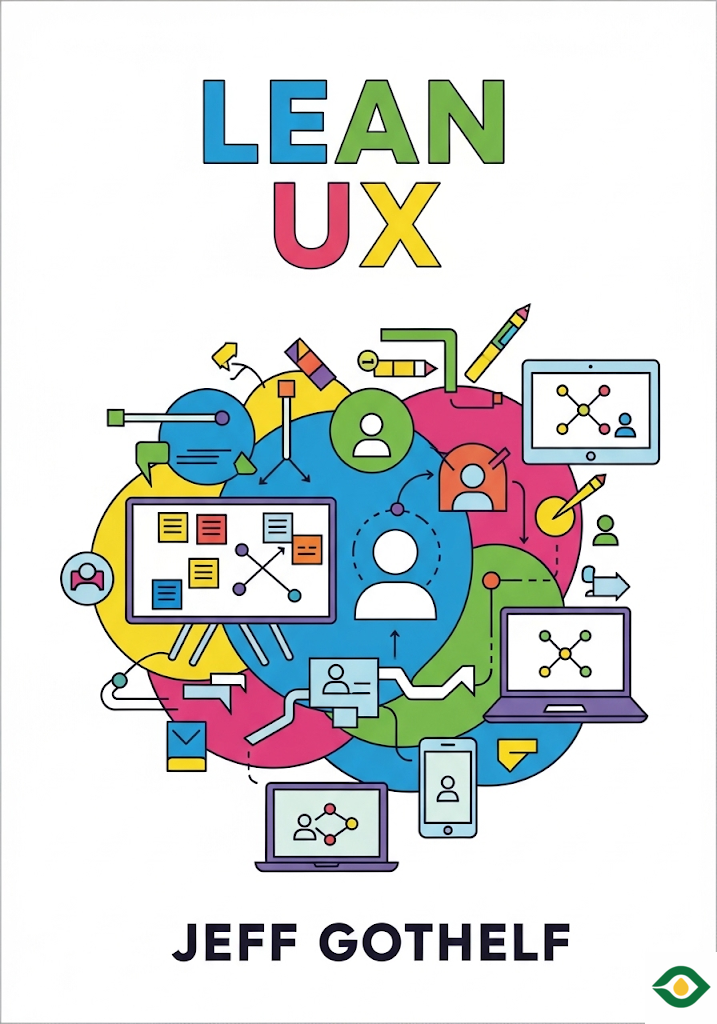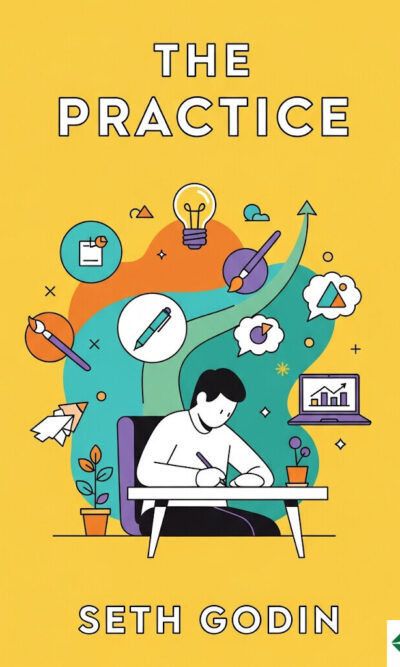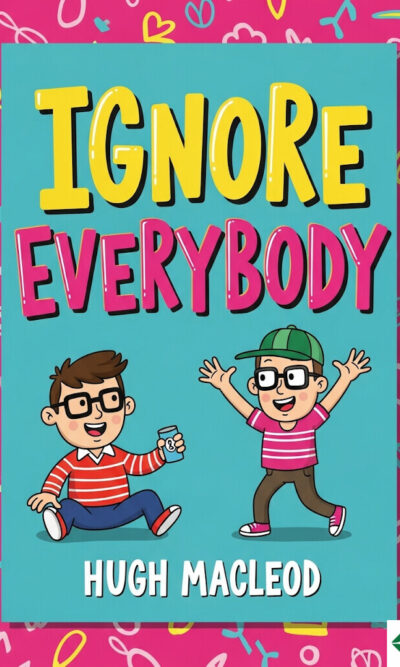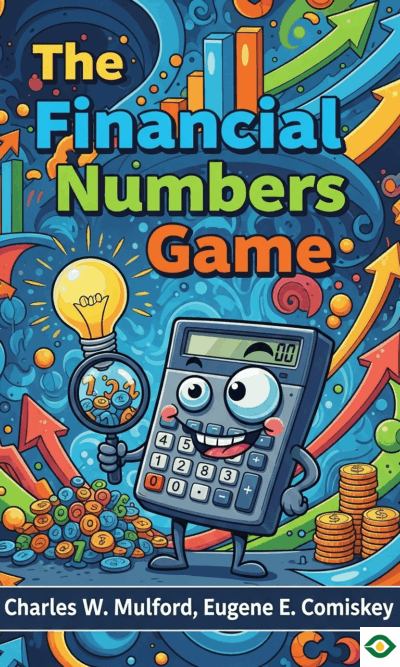Description
Lean UX is a way of thinking and working that connects design, teamwork, and experimentation. It grew out of the idea of “lean,” a method first used in car manufacturing to reduce waste, move faster, and stay focused on customers. Today, those same ideas are applied to design and product development.
At its heart, Lean UX is about three things: design thinking, agile development, and lean startup principles. Together, they help teams create products that are not only useful but also developed in a smarter, faster, and more flexible way.
Design thinking is the belief that every problem can be tackled like a designer would approach it—by asking questions, brainstorming openly, and looking at challenges from different angles. Instead of only specialists solving design problems, everyone is encouraged to join in. Agile development is about working together as one team instead of separating design, engineering, and business into silos. When teams collaborate from the beginning, they save time and create better solutions. The lean startup principle adds speed: build something quickly, test it early, get feedback, and improve it before wasting time on the wrong ideas.
The Lean UX process begins with assumptions. Every product starts with ideas about who the customers are, what they want, and what features might help them. But instead of treating these guesses as facts, Lean UX turns them into testable statements. For example, if a company assumes people want a new recruiting tool, they must define outcomes, personas, and features. Outcomes are the results they hope to see—like more job seekers signing up. Personas are simple sketches of typical users, giving them names, ages, challenges, and goals. Features are the tools or services that might help those personas achieve their goals. Put all of this together, and you have a hypothesis you can test.
The next step is collaboration. In traditional companies, designers often work in isolation. They create designs based on secondhand instructions, then send them back and forth for revisions. This wastes time. Lean UX avoids that by bringing everyone—designers, developers, product managers, business analysts—into the same conversation from the start. They work side by side, sketching, sharing ideas, and fixing problems immediately. Sometimes they use informal methods, like quick sketches between a developer and a designer. Other times, they hold structured sessions called design studios, where the whole team gathers to brainstorm and refine solutions together.
Once the team has a hypothesis and initial design ideas, they move on to testing. This is where the “lean” part shines. Instead of building a complete product right away, they create a Minimum Viable Product (MVP). An MVP is the simplest possible version of an idea, built only to test whether the concept has potential. If you want to launch a newsletter, for example, your MVP could be just a sign-up bar on a website. If no one signs up, you know the idea may not be worth pursuing. This saves time, money, and energy.
Prototypes can take different forms. Low-fidelity versions, like paper sketches with flaps that simulate screens, are quick and cheap but not always realistic. Higher-fidelity prototypes, like clickable digital mockups, feel closer to the final product but take more effort. The choice depends on how far along the idea is and how much detail the team needs to test.
Testing is not something done once and forgotten. Lean UX relies on continuous feedback. Teams regularly bring in customers to test MVPs, ideally once a week. A cycle might look like this: on Monday, decide what to test and who to test with; on Tuesday, refine the prototype; on Wednesday, prepare scripts and questions; on Thursday, test with real users; and on Friday, review results and adjust. This rhythm keeps progress steady and ensures the team is always learning.
Importantly, testing should not be outsourced to external researchers. Outsiders can add bias or misunderstand the product vision. Instead, Lean UX encourages the whole team to participate in research. A researcher may guide the process, but designers, developers, and managers all contribute. This way, everyone hears directly from customers, and the feedback is shared equally.
Beyond processes and prototypes, Lean UX is also a mindset. It works best in organizations that value collaboration and flexibility. This often requires cultural changes. Many companies keep people locked into narrow roles—designers only design, developers only code, managers only manage. But Lean UX encourages people to use their secondary skills too. A developer who loves sketching can join design discussions. A designer interested in coding can weigh in on technical details. This cross-pollination not only speeds up work but also makes team members feel more engaged and valued.
Workspaces matter too. Physical barriers like cubicles or department separation slow down communication. Lean UX works best in open spaces where teams can easily talk, sketch on whiteboards, and share feedback. If working in the same space isn’t possible, teams can use digital collaboration tools or schedule regular sessions to stay connected.
The benefits of Lean UX go beyond faster design. It creates a culture of accountability, where every team member feels responsible for outcomes, not just their narrow tasks. It reduces wasted effort by cutting down on rework. It encourages constant learning, helping teams adapt quickly to changing markets and customer needs. Most importantly, it keeps the customer at the center. By testing with users early and often, teams ensure they are building something people actually want.
In today’s world, where digital products evolve rapidly and competition is fierce, Lean UX is especially valuable. Software products, websites, and apps are updated continuously. Long development cycles risk producing features that are outdated before they even launch. Lean UX embraces this reality by focusing on quick experiments, fast feedback, and continuous improvement.
In summary, Lean UX is not just a design method but a way of working that combines collaboration, experimentation, and customer focus. Start with assumptions, turn them into hypotheses, involve the whole team, test ideas quickly, and keep improving based on feedback. It requires openness, humility, and a willingness to learn, but the payoff is big: faster innovation, stronger teamwork, and products that truly serve users.





